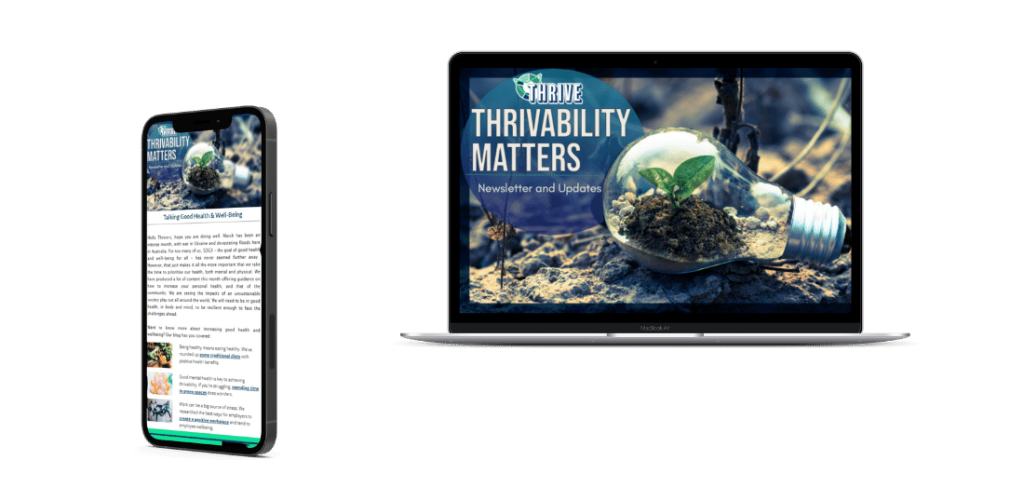Most of us have relationships with our phones that rival loving, successful relationships. We eat, sleep, and vacation with our trusty devices. But is this relationship really successful? Could spending hours in front of phones, laptops, and computers do more harm than good?
Definitions of digital well-being vary widely. In this article, the following definition will be used: “A subjective individual experience of the optimal balance between the benefits and drawbacks obtained from mobile connectivity.”
In recent years, digital technology has been blamed for a multitude of mental health problems, a decrease in cognitive facilities, and the shortening of attention spans. According to Nature, “the quality of face-to-face interactions has similarly been shown to decline around digital devices.” In addition, electronic waste produced annually is worth over $62.5 billion.
However, not all screen time is created equal and the positive impacts of digital technology should not be overlooked. The digital world has caused innovations across many fields. It allows people to stay in touch with family and friends, has enhanced data collection, and improved collaboration on a global scale.
The THRIVE platform, for example, uses machine learning and advanced technologies to track the well-being of entities. It measures their impact on the vital capitals of the planet and provides guidance towards thrivable transformations for a flourishing future.
The negative implications
Heard of the ‘Google effect’? Also known as digital amnesia, it’s the theory that people are less likely to remember a fact if they think they’re able to look it up online later. The Google effect could impact the way we solve problems, obtain information, and learn new things. It has also been suggested that digital amnesia creates a cycle of reliance that could lead to a negative dependence on the digital world.
Sleep has been the biggest loser when it comes to the impact of technology on human behavior. Almost all research on the subject of sleep and digital well-being suggests a positive correlation between disrupted, poor-quality sleep and mobile phone usage. One study found that 30% of consumers check their phones five minutes before going to sleep and around 50% in the middle of the night.
Children and teenagers are said to be most at risk from negative technological effects – especially because their brains are still developing. Cyberbullying and trolling has been shown to particularly affect young adults – along with the exposure to inappropriate content and internet addiction.

What has been done to combat the negative digital dependence?
Technology companies have responded to public concerns surrounding well-being and screen time. In 2017, Facebook launched features that allowed users to hide a person, page, or group from their feed. In August 2018, it also launched a group of digital well-being tools that allows users to monitor the time they spend on the platform.
Both Apple and Google have also made changes – rolling out dashboards on their operating systems that let people keep an eye on how much time they spend on devices. Think by Google surveyed over 9,000 people in six countries and found that one in four people have made changes to their technology use to increase their digital well-being. This included deleting apps, changing device notifications, and reducing time spent on smartphones.
What is ‘good digital well-being’?
Effective digital well-being is all about balance. If you struggle to feel present in a real-life conversation because your mind is distracted by the beep of an email notification, you might need to review your digital well-being. Feelings of anxiety and being out of control might mean that you could be using technology more effectively. A digital well-being review can help you strike a balance and ensure that technology is having a positive impact – not only on your life but on planet Earth.
What can you do to improve your digital well-being?
- Endless interruptions pinging all evening can be silenced by switching off your device at a set time each day. Try going technology-free every day for an hour or two, to help break patterns of dependence.
- Set boundaries between personal and professional technology use. Texting your partner while you’re in a work meeting? Updating your LinkedIn profile at the dinner table? Choose set times to complete work-related tasks and personal tasks to strive for healthy limits.
- Use digital technology positively to improve your well-being. Monitoring your phone use with apps, such as The Space App and Unlock Clock can help you think about your phone usage and the effects that it has on your life.
Strive to thrive
With the research in this field still in its infancy, it would be wrong to conclude that digital technology has a purely negative impact on well-being. As we strive to thrive for the future prosperity of all humanity, we are able to change the world one human at a time – starting with ourselves. Achieving digital well-being can leave us with more time to think about how to achieve a sustainable planet and how to use technology mindfully to create a positive change.
References
OSF (2020). Digital Wellbeing as a Dynamic Construct. Retrieved from https://osf.io/ymtaf/
Nature (2018). Searching for digital technology’s effects on well-being. Retrieved from https://www.nature.com/articles/d41586-018-07503-w
The Decision Lab. Why do we forget information that we just looked up? Retrieved in 2021 from https://thedecisionlab.com/biases/google-effect/
Global Wellness Institute (2017). Constant Digital Connection is Killing Wellbeing. Retrieved from https://globalwellnessinstitute.org/global-wellness-institute-blog/2017/05/23/2017-5-23-constant-digital-connection-is-killing-wellbeing/


